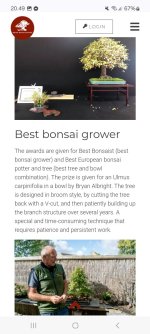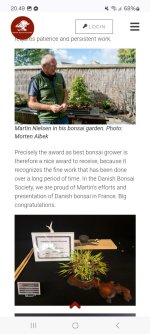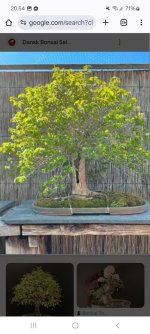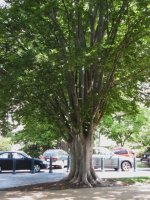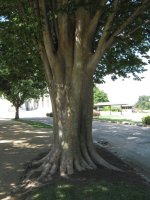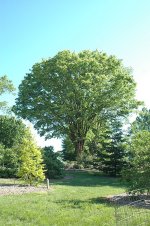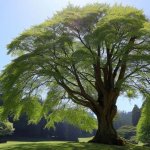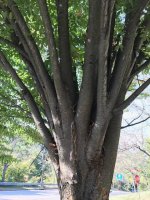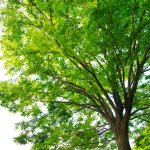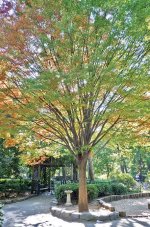SeanS
Omono
- Messages
- 1,952
- Reaction score
- 7,305
- USDA Zone
- 9b
Fill it with a putty cut paste completely and form a little convex dome on topWhat's the solution for preventing water collecting in that spot then? A depression/indent in the trunk seems like it'd take years to fill in or heal over completely. I'm a bit worried about the heartwood rotting there until that point
fwiw, my broom trunk is currently flat cut and covered with cut paste



